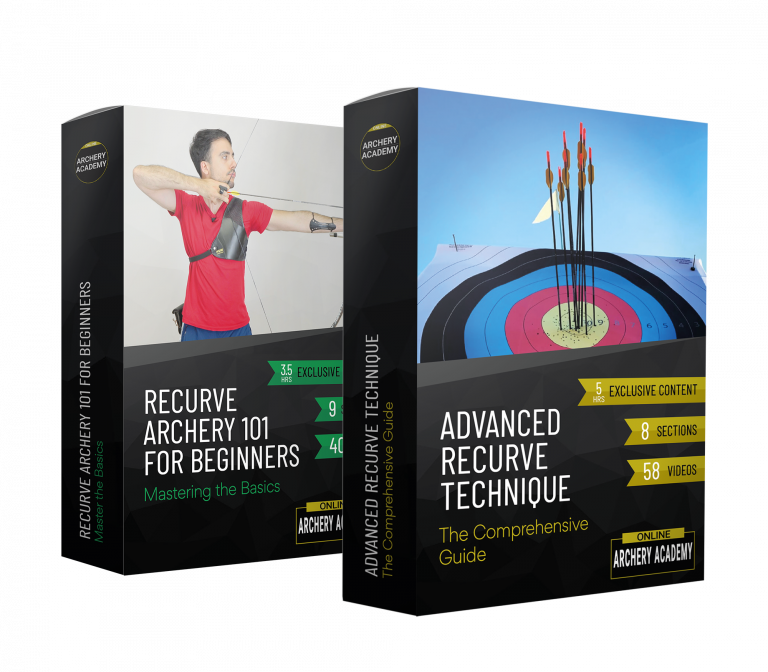How To Choose Recurve Bow Length - Olympic Archery
HOW TO CHOOSE RECURVE BOW LENGTH
You’ve heard of bow length, and know that you need a specific size for you, but what exactly makes up the length of the bow and how do you choose the right size for you? And why is it important at all? That’s what today is all about. You can watch the video below to learn about the in depth explanation of bow length, or read the key points below.
HOW TO CHOOSE BOW LENGTH – KEY POINTS
Bow size is made up of LIMBS+RISER:
The standard riser size is a 25 inch riser. If you combine this with the length of the limbs you will get the bow length. A long limb with a standard (25 inch) riser will give you a 70 inch bow. A medium pair of limbs will give you a 68″ bow, and a short pair of limbs will give you a 66″ bow.
Don’t choose based on height or age
Your choice of bow length should be determined by your draw length, not your height. Obviously this is somewhat correlated, because the taller you are the more likely that you will have a long draw length. However, you should be basing your bow length from your draw length.
Bow length changes the feel and speed of a bow
Very generally, a longer bow feels smoother to draw and expand through the clicker than a shorter bow. A longer bow will also generally be a bit slower than an equivalent poundage bow that is shorter.
The Fastest Way to Learn Archery
Save years of frustration and improve your technique and scores today. Without spending thousands on equipment or travelling hours for coaching. Plus OAA readers get 20% off.
Expert step-by-step guidance, lifetime access and a 100 day money-back guarantee, no questions asked.

OTHER FACTORS TO CONSIDER
A shorter bow causes an increased string angle when at full draw. This changes your anchor and chest clearance slightly, so these are areas to consider too.
Which bow size should you choose?
If you’re shooting more than a 29″ draw, a 70″ bow is recommended.
If you shoot more than a 27″ draw, it’s a 68″ bow.
If you shoot more than a 25″ draw, it’s a 66″ bow.
If you shoot less than a 25″ bow, you should consider a 64″ bow (short limbs and a 23″ riser).
If you shoot more than a 31″ draw, you should consider a 72″ bow (long limbs and a 27″ riser).
Setting up your bow
Once you’ve got your limbs, it’s important to make sure your bow is set up properly. Take a look at our Recurve Tuning Guide for a full walk through on how to set up your bow correctly.
